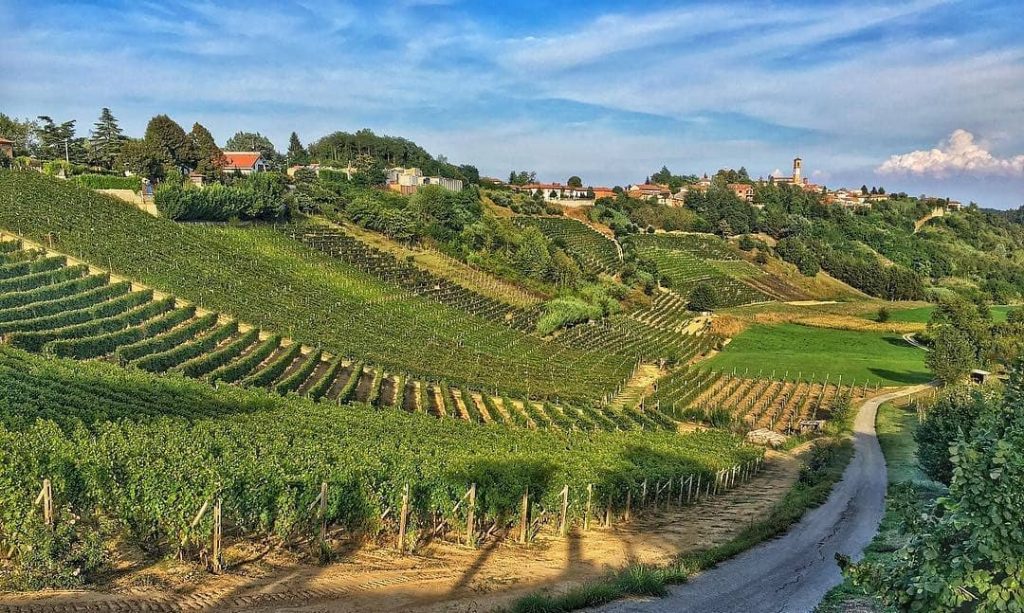Vinchio Travel Guide
The town’s name Vinchio derives from Viginti, which in Roman times indicated the place located twenty miles far from the Roman town of Alba Pompeia, along the Via Fulvia.
The first news about Vinchio’ tradition date back to the 935 d. C. when Aleramo, Count of Acqui, defeated the Saracens on the still today called “Bricco dei Saraceni”. From the rich documentation of the Codex Astensis, Vinchio is indeed a Municipality, a powerful frontier land competed by Asti and Alessandria, with its Consuls and Lords.
In 1313 the Castle was occupied by the Solaro who, fallen into disfavor, will be obliged to sell it to the Scarampi family of Asti, fro m which remained for several centuries. Similarly to what happened to Castelnuovo Calcea, Vinchio remained, for the next three centuries to 1387, in the imperial Spanish fiefs of Milan’s domination.
These lands, in addition to pay the Spanish protection, were often victims of lootings by the Savoy troops.
Where to stay in Vaglio Serra
Vinchio History
In 1635 the bandit Stefano Re, on behalf of the Duke Vittorio Amedeo, plundered Vinchio and Mombercelli, burned Castelnuovo Calcea and made slaughter of those who took the side of the Spaniards. The territory’s dispute between France and Spain ended in 1736 with the Treaty of Vienna, where the Habsburgs left the so-called “Imperial Feuds” to the constituting Kingdom of Sardinia.
The social centre of the settlement is the Piazza San Marco, where occur many food and wine events, on which stands the church dedicated to San Marco. The religious building, visual centerpiece emerging even far away, is the main building of historical and artistic interest.
Originally composed of a single central nave, it was later enlarged during the Xvlll century with the addition of two aisles. The vault of the central nave is decorated with excellent frescoes. One of the most important cultural attractions of Vinchio is Vinchio é it min nido, The Vinchio is my nest), dedicated to the partisan writer Davide Lajolo.

Vinchio Farming Museum
In Vinchio is also located the outdoor farming Museum “Vinchio e le Colline della Barbera” (Vinchio and the hills of Barbera), consisting of facilities located outdoors illustrating the seasons of farm work and the traditional works of wine-growing and winemaking. During the twentieth century, throughout the Resistance after the armistice of 1943, Vinchio was the centre of a partisans’ group coordinated by Davide Lajolo of Vinchio.
He was writer, journalist and member of Parliament, and in his life he always gave priority to the literary aspect as opposed to the purely political and ideological. In his writings, he retraces the steps of the strong emotional bond with the village of Vinchio, his territory and the successful friendship with the writers Beppe Fenoglio and Cesare Pavese.
The attachment to his homeland is the main theme of his writings, in which landscapes’ descriptions show the strong bonds with the wine culture of this lands. To this witer is dedicated the Museo Vinchio é it min nido, (Vinchio Museum is my nest), which resumes one of its famous phrase dedicated to his village: ‘Vinchio is my nest, I was bom there in the season of the blonde wheat …’.
“Vinchio e Le Colline della Barbera”
The museum is conceived as a journey of the writer’s autobiographical and domestic memory, but also of th use of his friends and the Vinchio’s community. The museum is structured as a combination of photos, letters, poems, with many unpublished documents, on meaningful and to the writerfamiliar backgrounds. It comes to light a biographical path which is also the history of his generation, where there are traces of important historical events that Lajolo has personally experienced.
For information and reservations: Piazza San Marco,Vinchio
Tel: 0141 950120 Sito web: http://www.davidelajolo.it/lajolo_museo
